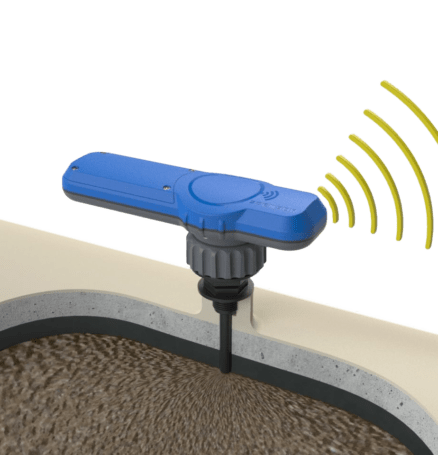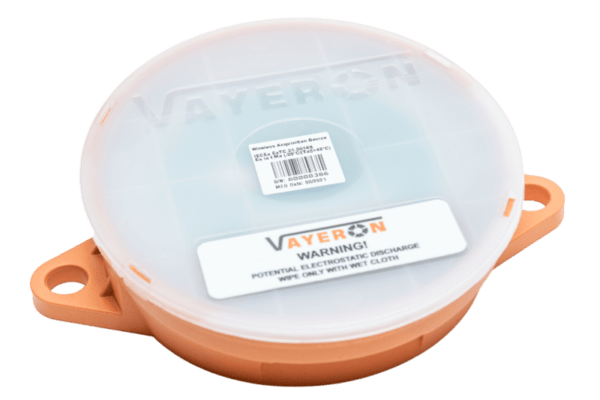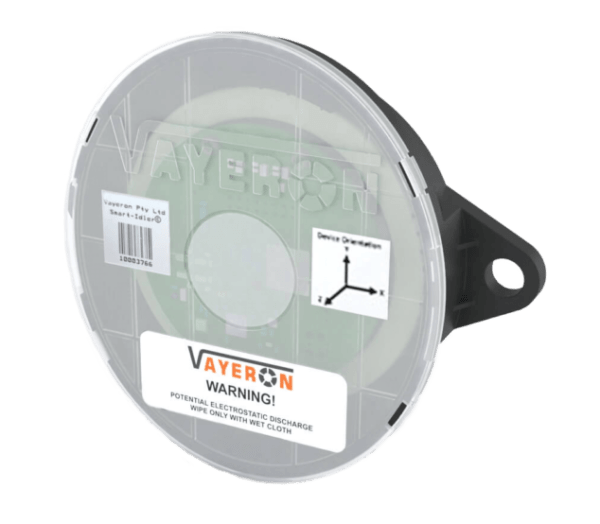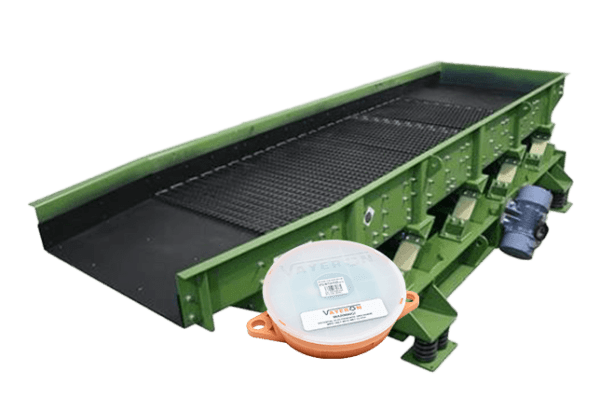Understanding TCO might be useful for maintenance and operations teams, executives and managers who, in their everyday routines, may lose sight of the strategic consequences of decisions made, mainly focusing on the purchase price of equipment or technology.
Initial Purchase and Acquisition Costs
Selecting equipment with optimal performance characteristics for specific mining operations is crucial to ensure that the initial investment delivers the desired productivity and efficiency. Mining companies must evaluate not only the initial costs but also the long-term financial implications of their equipment choices. Equipment with advanced technologies, such as automation and remote operation capabilities, typically comes at a premium. However, advanced capabilities of this equipment might be much more beneficial to the mining operation overall. Effective management of these initial costs can significantly impact the efficiency and profitability of mining operations.
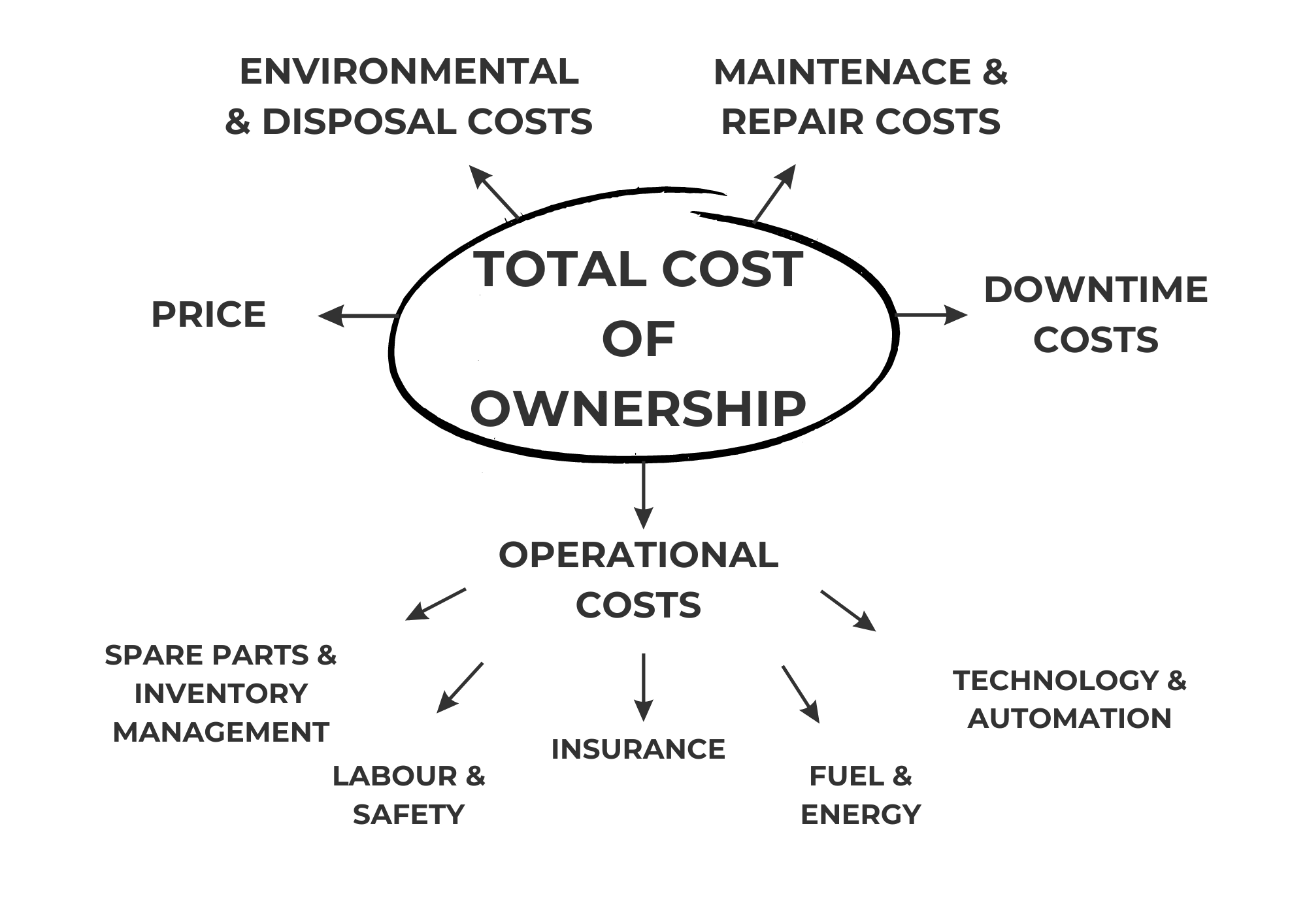
Operation Costs
Fuel and energy consumption represent a significant portion of operational costs in mining. Equipment like excavators, drills, haul trucks, and processing machinery require substantial power, with diesel fuel being a common energy source in remote locations. The choice of equipment and its energy efficiency directly influences these costs. Additionally, mines increasingly use electric and hybrid machines to reduce fuel consumption and emissions. The efficiency of the equipment in terms of fuel consumption directly impacts the TCO.
Labour costs in mining include wages for operators, maintenance staff, and supervisors. Effective training and utilisation of staff are essential for minimising operational costs. As mining equipment becomes more technologically advanced, the skill requirements for operating and maintaining this machinery also increase, potentially leading to higher labour costs. If the equipment is highly automated, labour costs can be reduced. Additionally, investments in safety equipment and systems to prevent accidents and ensure compliance with regulatory standards also contribute to the TCO.
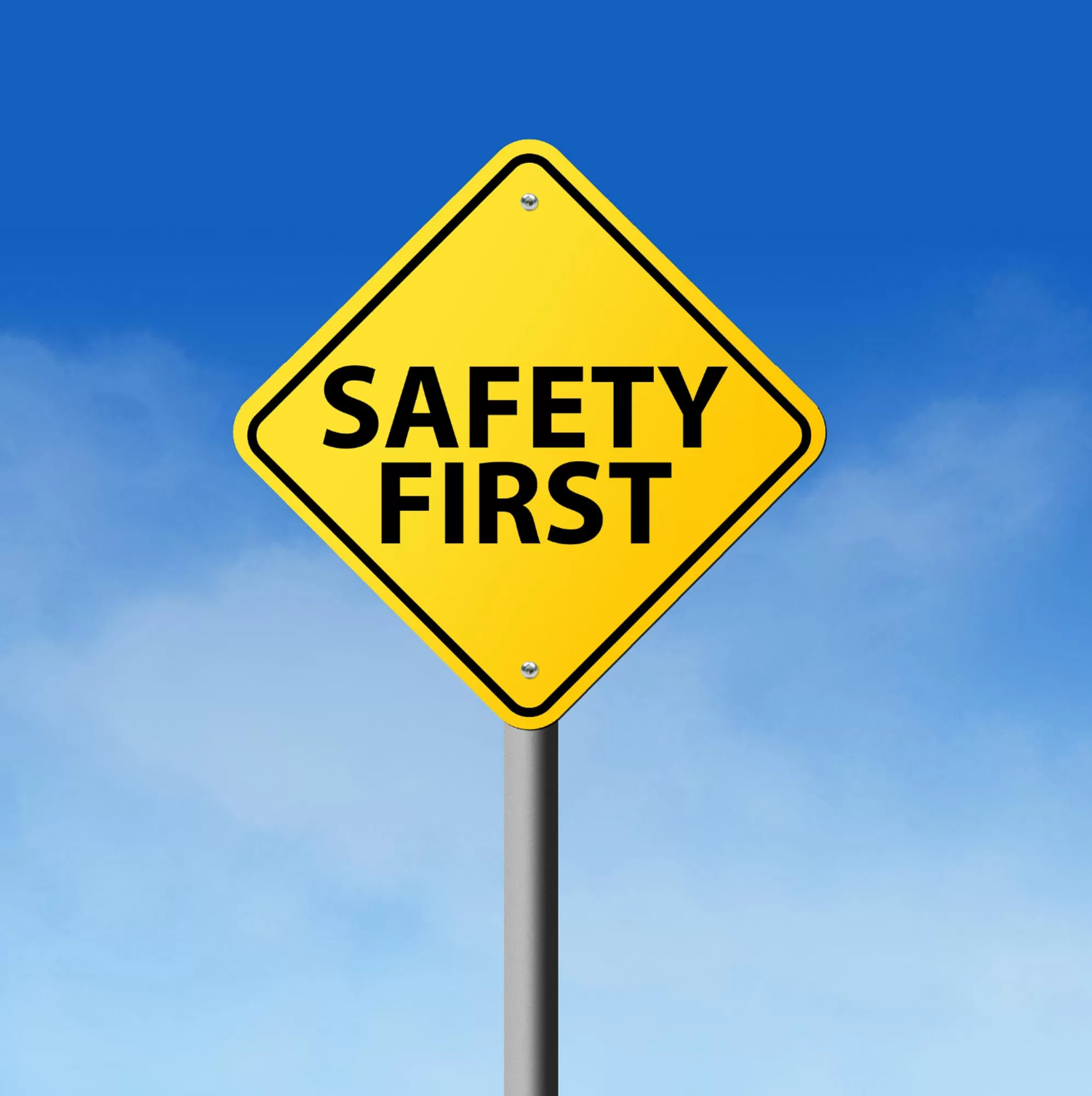

Maintaining an inventory of spare parts is essential to reduce downtime. This inventory management incurs costs related to purchasing, storing, and managing of maintenance schedules and inventory. This also includes the cost of consumables like lubricants and wear parts that need regular replacement. Effective management ensures that critical parts are available when needed, minimising delays in repairs and maintenance.
Insurance premiums to protect against damage or loss of equipment and taxes levied on the equipment throughout its lifecycle are also integral to the TCO calculation.
Investing in technology and automation can optimise operational efficiency, potentially reducing costs in the long run. For instance, autonomous equipment can operate continuously with reduced labour costs, and advanced monitoring systems can improve maintenance scheduling and efficiency.
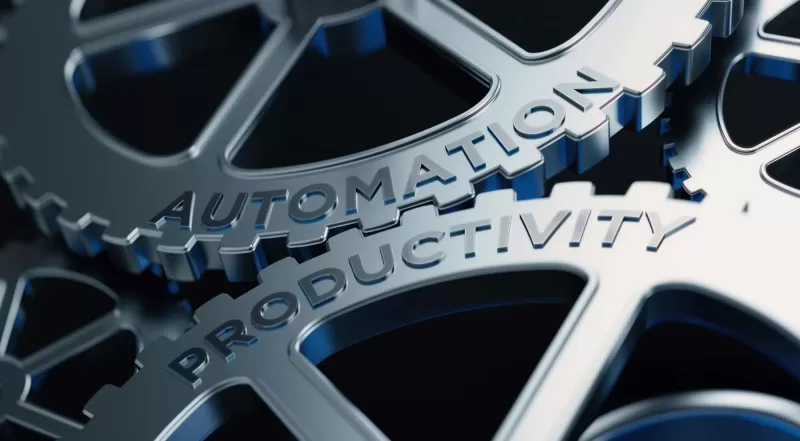
Maintenance and Repair Costs

- Routine servicing and inspections.
- Replacement of wear and tear parts.
- Repair costs for equipment breakdowns.
- Management of maintenance schedules and inventory.
Maintenance and repair (M&R) costs form a significant part of the TCO. Preventive, Predictive and Corrective Maintenance influence these costs. Preventive maintenance is regular maintenance activities to prevent equipment breakdowns and extend its useful life. Predictive maintenance is used to monitor performance of the equipment and predict failures before they occur. Condition-based monitoring systems collect data and alert you only when action is required, thereby reducing unnecessary maintenance costs while keeping your equipment in good condition. Predictive maintenance is often the most cost-effective. Corrective Maintenance is costs incurred for repairing equipment when breakdowns occur. These costs are often higher than preventive maintenance costs due to the urgency and complexity of the repairs.
Equipment Downtime Costs
Environmental and Disposal Costs

Optimising Total Cost of Ownership
2. Implementing Effective Maintenance Strategies: Adopt predictive and preventive maintenance strategies to minimise unplanned downtime and extend the equipment’s life.
3. Training and Safety: Invest in comprehensive training programs to enhance operator efficiency and safety, reducing the likelihood of costly accidents and downtime.
4. Inventory Management: Efficient management of spare parts inventory can reduce costs related to stockholding and expedite repairs.
5. Environmental Considerations: Investing in sustainable mining practices can reduce environmental compliance costs and ensure compliance with regulations.
6. Data-Driven Decisions: Embracing automation and digital tools can improve operational efficiency and reduce labour costs. Utilise data analytics to monitor equipment performance and make informed decisions that can lower the TCO.


